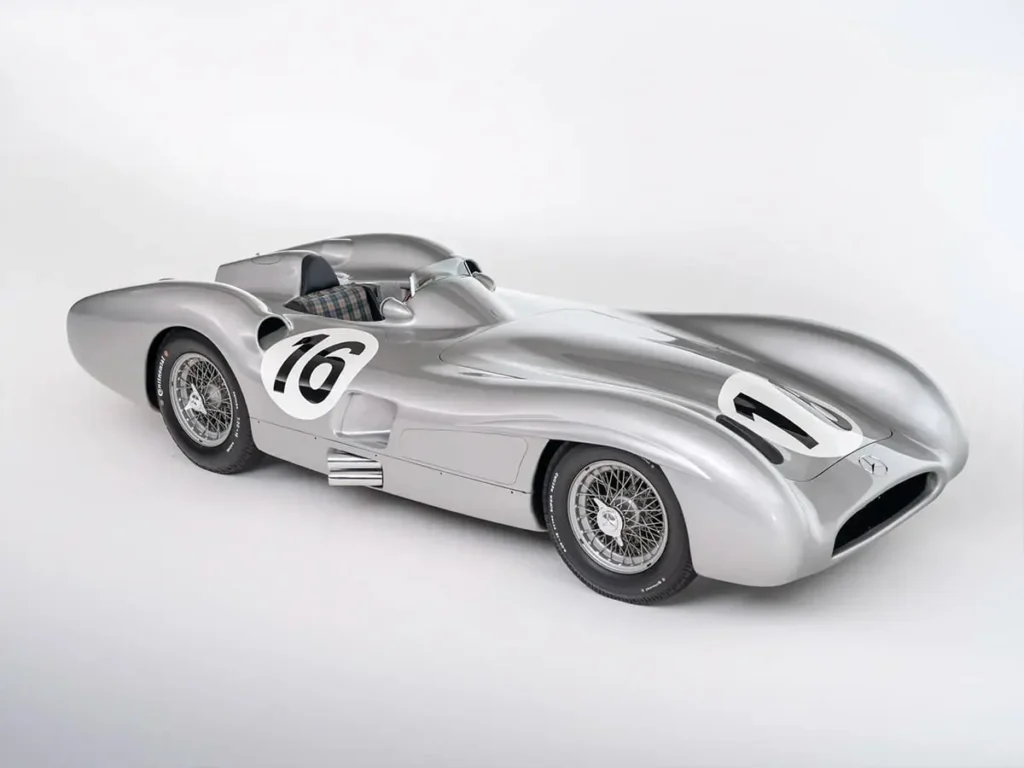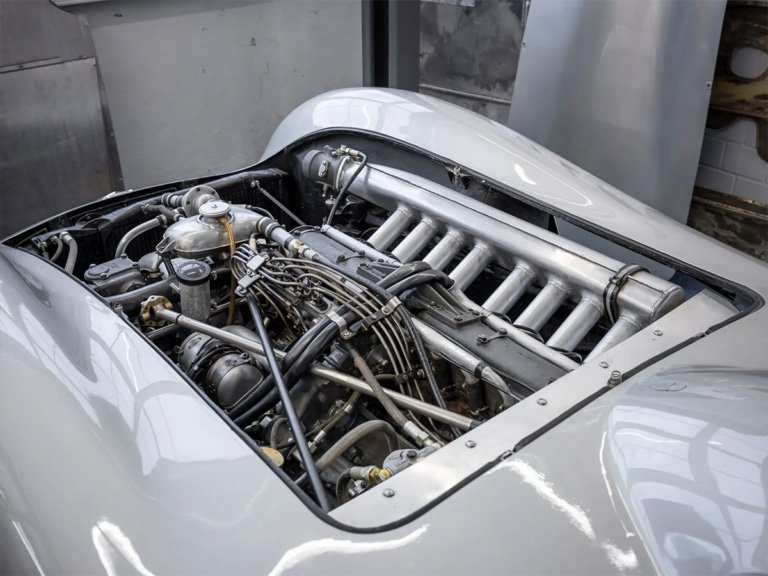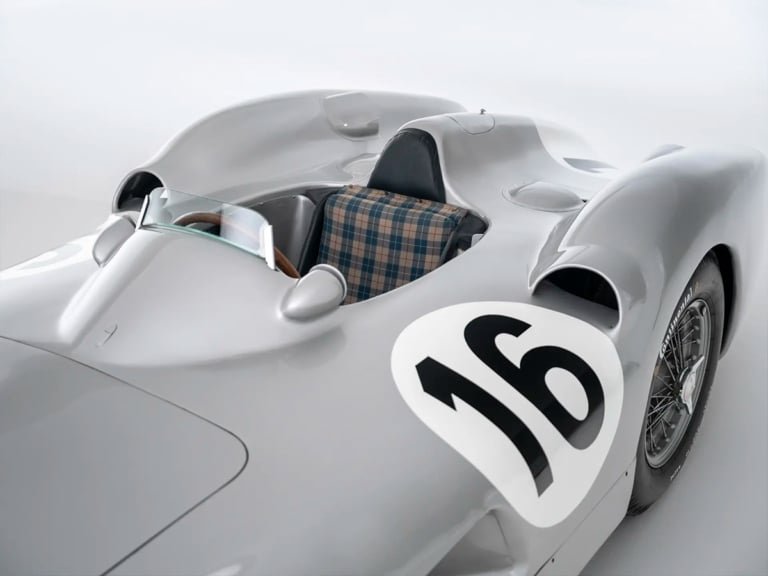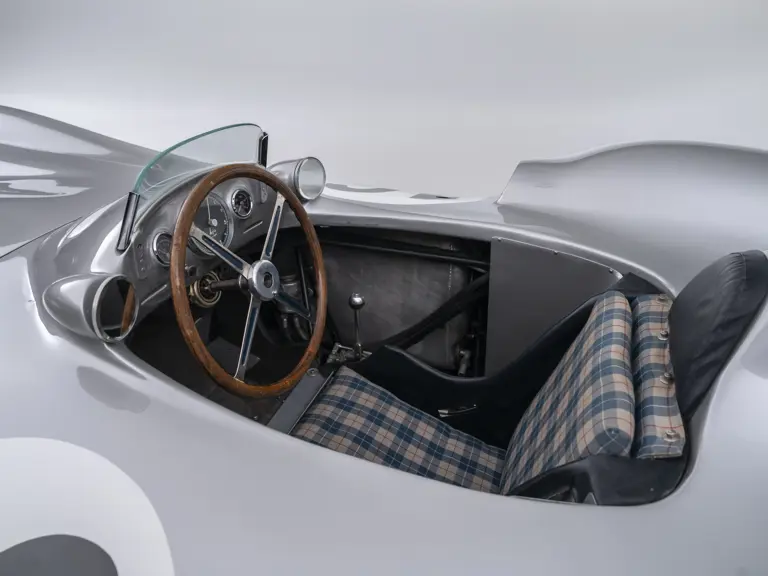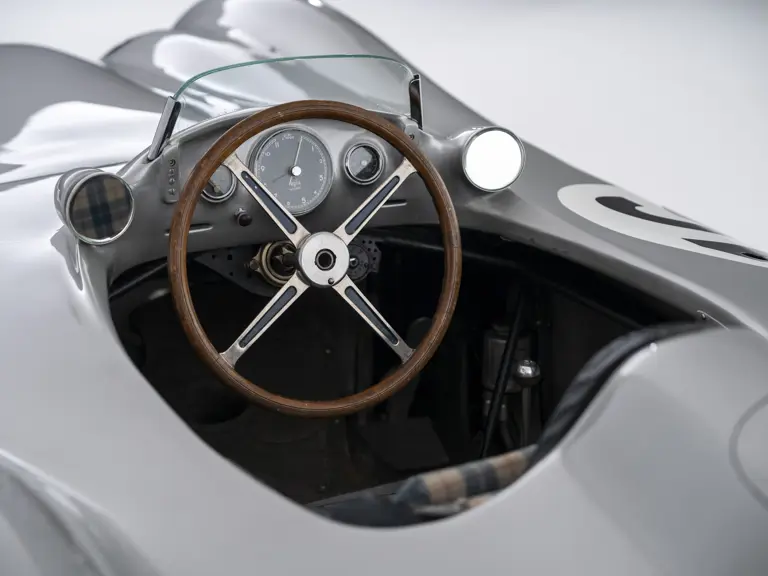Collectors have long been attracted to rarity, but the discovery of a vintage automotive piece after decades of concealment elevates the thrill. This was evident at RM Sotheby’s recent auction, where a 1954 Mercedes-Benz W196 R Stromlinienwagen sold for an incredible $52 million USD, ranking as the second most expensive car ever auctioned.
This wasn’t just any old Mercedes. It was chassis number 00009/54, a machine that epitomizes the golden age of Formula 1 engineering. Developed under the meticulous supervision of Rudolf Uhlenhaut, the W196 R was a technological marvel that combined performance with futuristic design. With its Stromlinienwagen (“streamliner”) bodywork, it looked like it had been from the future—a car designed to cut through the air at top speed.
Only four of these streamliner-bodied W196 R models are known to exist, and they were specifically designed for high-speed circuits. The body, constructed from Elektron magnesium alloy, weighed just 88 pounds (40 kilograms), making it lighter than aluminium while still strong enough to meet the demands of Formula 1 racing. The result was an aerodynamic masterpiece that could easily reach speeds over 186 mph (300 km/h)—staggering for the 1950s.
Key Highlights:
- Sold at RM Sotheby’s, becoming the second most expensive car ever sold at auction.
- 1954 Mercedes-Benz W196 R Stromlinienwagen (Chassis 00009/54)
- Only four streamliner-bodied W196 R cars are known to still exist.
- Released after 59 years at the Indianapolis Motor Speedway Museum, with appearances at Pebble Beach and Petersen Automotive Museum.
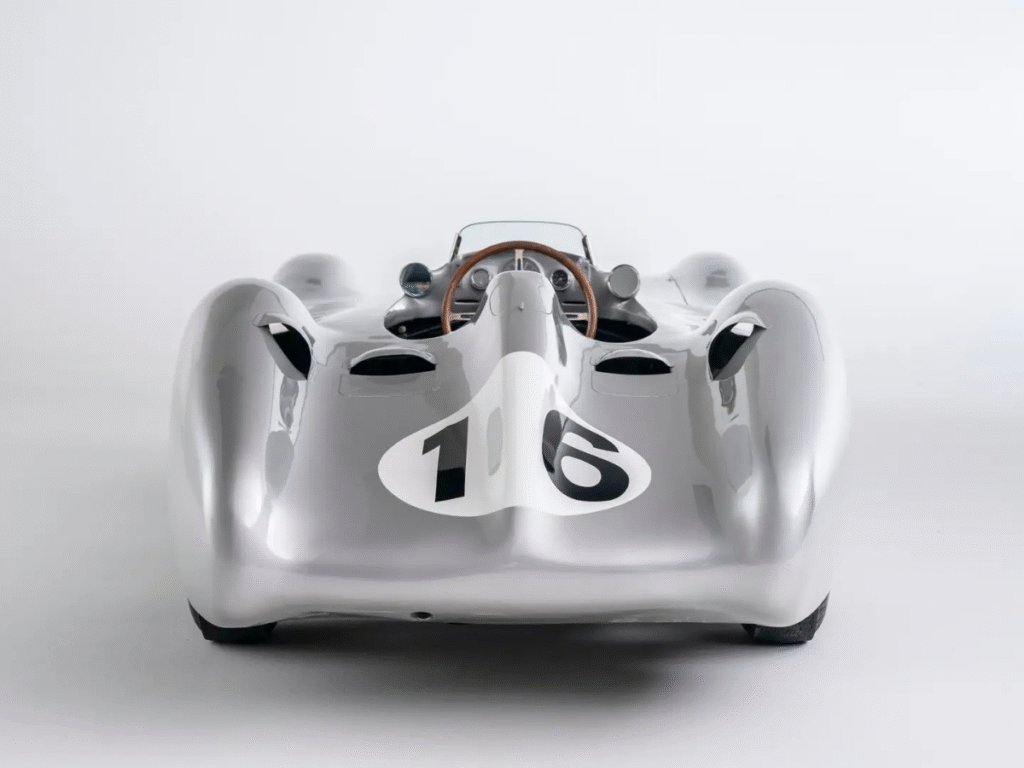
Beneath the sleek skin sat an inline eight-cylinder engine, essentially two four-cylinder units bolted together, producing between 257 and 290 horsepower depending on its race setup. Pair that with innovations like front double wishbone suspension, torsion-bar springs, Alfin drum brakes, and Uhlenhaut’s patented low-pivot swing axle rear suspension, and you had one of the most advanced racing cars of its era. This wasn’t just a car—it was a rocket ship in disguise.
The W196 R made an immediate impact on the track. When it debuted in 1954, Mercedes entered three cars into the French Grand Prix at Reims. The result? A dominant 1st, 2nd, and 7th place finish, with factory driver Juan Manuel Fangio leading the way. Fangio went on to win the 1954 Formula 1 World Championship in the W196 R, ending Ferrari’s winning streak and showing that Mercedes-Benz had built the ultimate racing machine.
The car’s legend only grew in 1955 when the streamlined W196 returned for the newly redesigned Monza circuit, which featured a dramatic high-banked section. Fangio and teammate Piero Taruffi surged to a 1-2 finish, while Stirling Moss—driving this very chassis, 00009/54—set the fastest lap with an average speed of 215.7 km/h on lap 21. These victories cemented the Stromlinienwagen’s place in motorsport history.
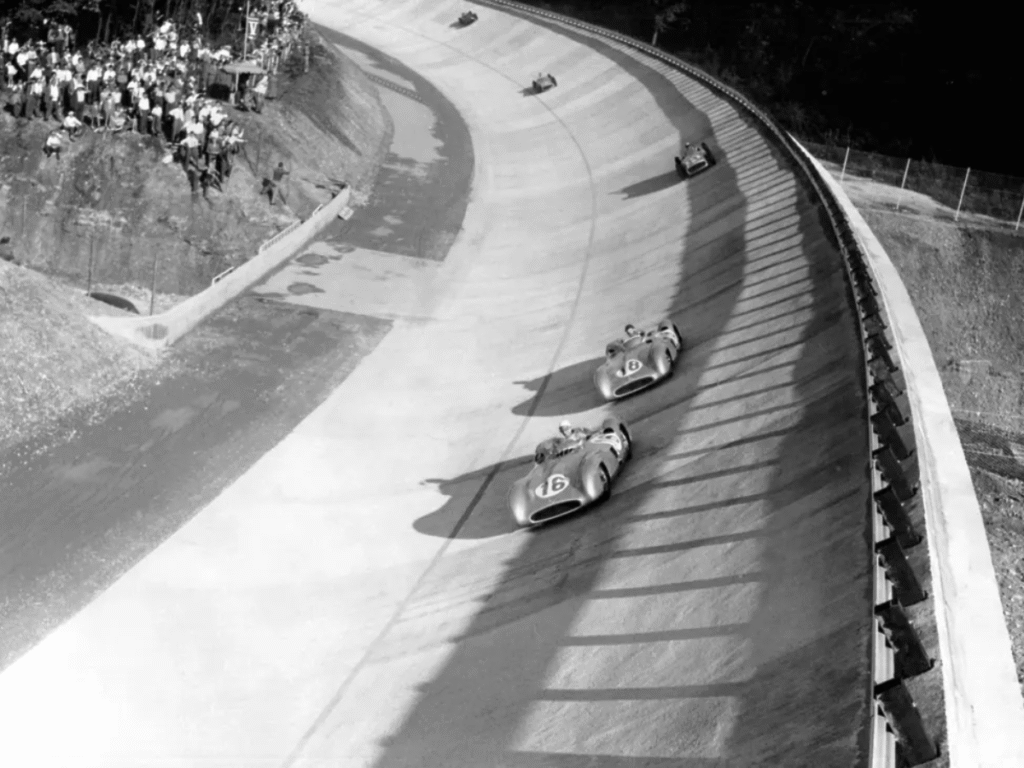
However, Mercedes’ Formula 1 dominance was brief. After the tragic 1955 Le Mans disaster, which fundamentally changed motorsport safety, Mercedes-Benz withdrew from racing completely. In October that year, the brand held a formal ceremony to retire the W196 R, relocating most examples to the Daimler-Benz Museum in Stuttgart. Four were eventually donated to other institutions worldwide—including this one.
Chassis 00009/54 was transferred to the Indianapolis Motor Speedway Museum in 1965 and stayed there for almost 59 years. Throughout this period, it became a key exhibit, appreciated by fans but not altered by collectors. Its time in the museum provided it with a pristine provenance, free from restorations or ownership changes that can lessen the value of classic race cars.
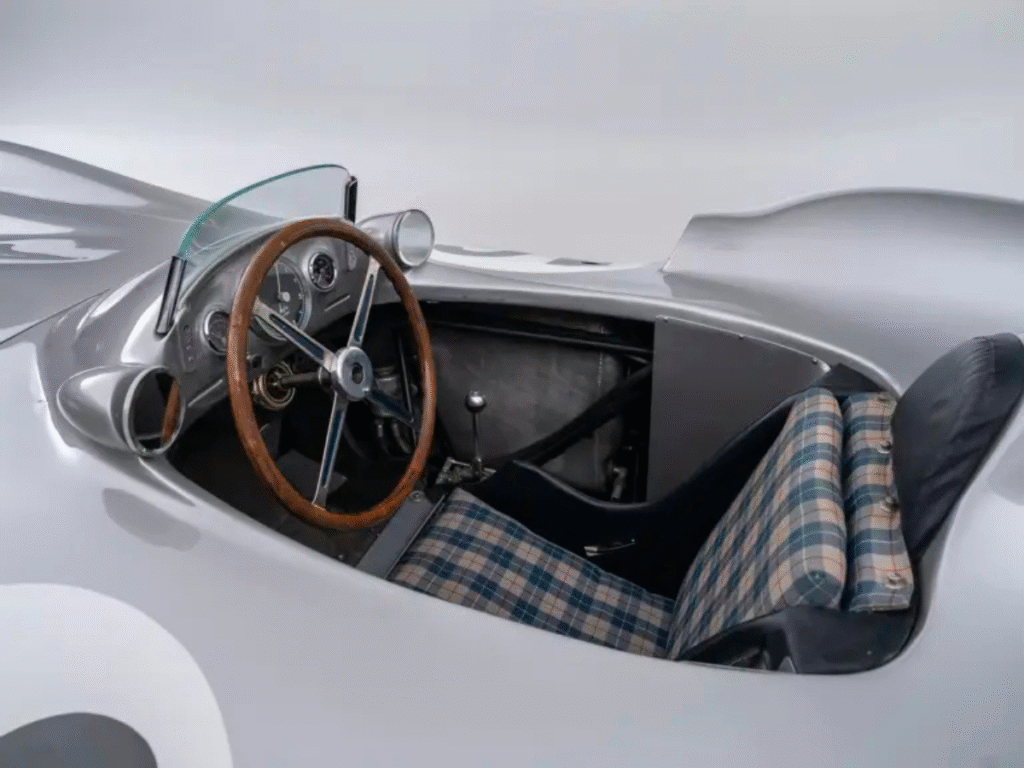
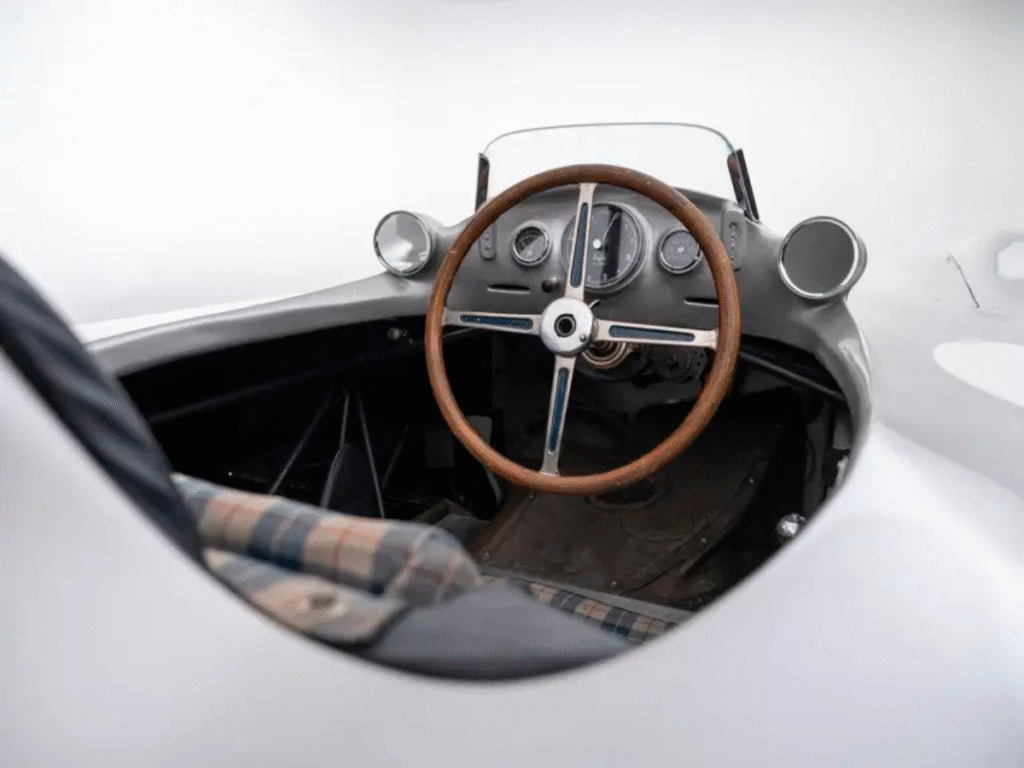
For collectors, the W196 R is the ultimate combination: rarity, an impeccable history, technological innovation, and a direct link to motorsport legends like Fangio and Moss. It’s the kind of car that even billionaires couldn’t previously afford, kept away in museums for decades. Now, one fortunate collector has managed to acquire it, adding a priceless piece of Formula 1 history to their collection.
The sale also sends a clear message: the desire for historically significant race cars is stronger than ever. In a world where Ferrari 250 GTOs and Aston Martins often dominate headlines, this Mercedes-Benz proves that Formula 1 machines—with their stories of speed, innovation, and championship glory—hold just as much, if not more, value in the eyes of collectors.
With only four of these streamliner-bodied W196 Rs known to exist, opportunities like this come around only once in a lifetime. And with its combination of race-winning pedigree, unbroken provenance, and stunning beauty, it’s no wonder this car commands a price tag that firmly cements its place in history.
